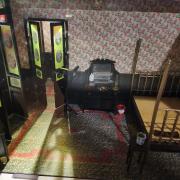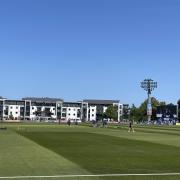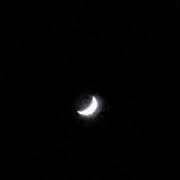
The Nuclear bomb. The bomb that can annihilate whole cities. The bomb that can kill millions of people in one hit. The bomb that represents apocalyptic threat. Nuclear powered weapons are the deadliest form of weapon today, and yet the ongoing race to build more continues. Countries are building Nuclear weapons despite their fear of them. Why? Because Nuclear weapons have become a form of mutual reassurance. Powers must have equal ability to destroy the other. However, the eventual outcome of this ongoing reassurance could be a Nuclear war that would destroy the world.
It has been described that the threat to humanity posed by Nuclear weapons is greater today than at the end of the cold war. Especially in the hands of unstable leaders, a moment of panic or carelessness could lead to not only the destruction of cities but the mass murder of civilians.
The history of Nuclear armament begins with the USA's use of atomic bombs against the civilian populations of Hiroshima and Nagasaki in Japan 1945. These first bombings resulted in the deaths of over 200,000 people within the year, either in the initial blast or from a lingering and painful death by radiation poisoning. The Soviet Union carried out its first nuclear bomb test in 1949, followed by the UK in 1952. The USA's arms race escalation occurred later that year, with the development of the first hydrogen bomb. A bomb 500 times more powerful than the one used to destroy Nagasaki. The following decade saw further Nuclear weapon development from France, China and the Soviet Union.
Until in 1962 the Cuban Missile Crisis brought the world as close as it's ever come to a full-scale nuclear war between the USA and the USSR. It opened the worlds eyes to the height of destruction Nuclear weapons could cause and the inevitable outcome of drastic war that would occur if nothing was done.
The treaty against nuclear arms, ICAN, drew public attention to the threat of Nuclear armament and created a treaty-based prohibition of such weapons. The organisation's promotion of the United Nations treaty was adopted on July 7, 2017. Since it opened for signing on September 20th, it's been signed by 56 of the 193 countries and became local law by three.
Slowly and steadily we are trying to ratify the ongoing arms race of Nuclear weapons however we still have a long way to go. The danger of Nuclear destruction still lies the biggest threat over countries and the population living there. All we can do is head towards the total completion of the prohibition of Nuclear weapon devices and hope for the event of mutual disarmament.



























